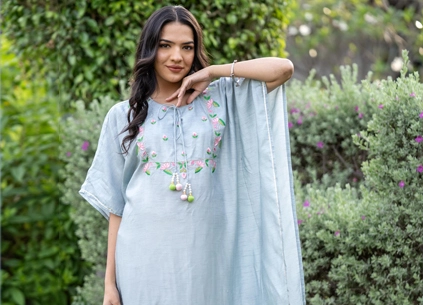Indigo fabric has long been celebrated for its deep, rich hues and timeless appeal. This stunning blue dye, derived from the indigo plant, has been used for centuries to create beautiful textiles that captivate the eye and evoke a sense of tradition and craftsmanship. Whether you're a seasoned textile enthusiast or a newcomer to the world of fabrics, exploring indigo fabric by the yard offers endless possibilities for creativity and style.
The History of Indigo Fabric
The use of indigo as a dye dates back thousands of years, with its origins traced to ancient civilizations in Africa, India, and East Asia. Indigo was highly valued for its vibrant blue color, which was difficult to achieve with other natural dyes. This led to its status as a luxury item, often associated with royalty and nobility. Over time, indigo dyeing techniques spread across the globe, influencing textile traditions in various cultures.

Indigo Dyeing Techniques
Indigo dyeing is a meticulous process that involves several stages to achieve the desired depth of color. Traditionally, the indigo plant leaves are fermented to produce a dye paste, which is then mixed with water to create a dye bath. Fabric is repeatedly dipped into this bath, allowing it to oxidize and develop the characteristic deep blue shade. This process requires skill and patience, as each dip adds to the richness and intensity of the color.
One of the most popular techniques for working with indigo fabric is Shibori, a Japanese method of resist dyeing that creates intricate patterns and designs. By folding, twisting, and binding the fabric before dyeing, artisans can produce a wide array of unique and beautiful patterns. This method highlights the versatility of indigo



Validate your login
Sign In
Create New Account